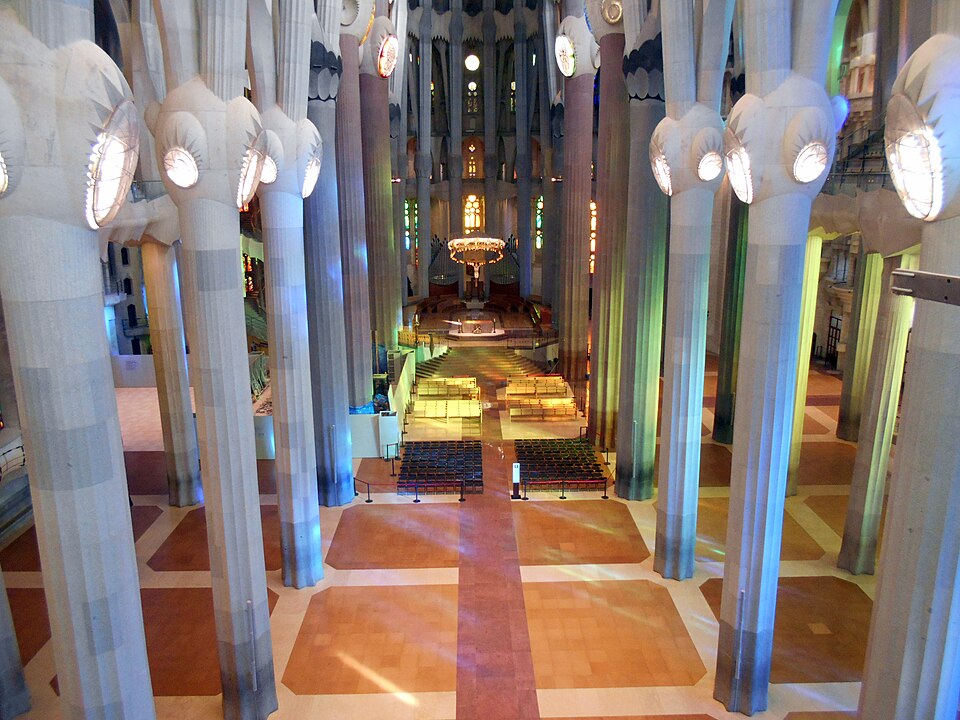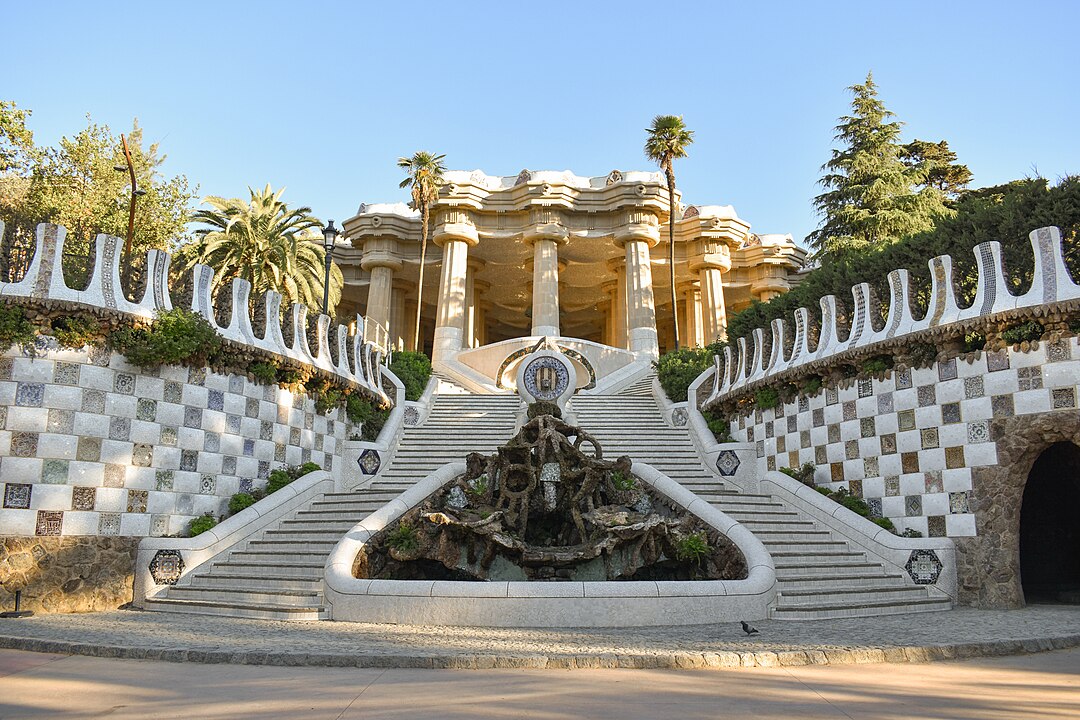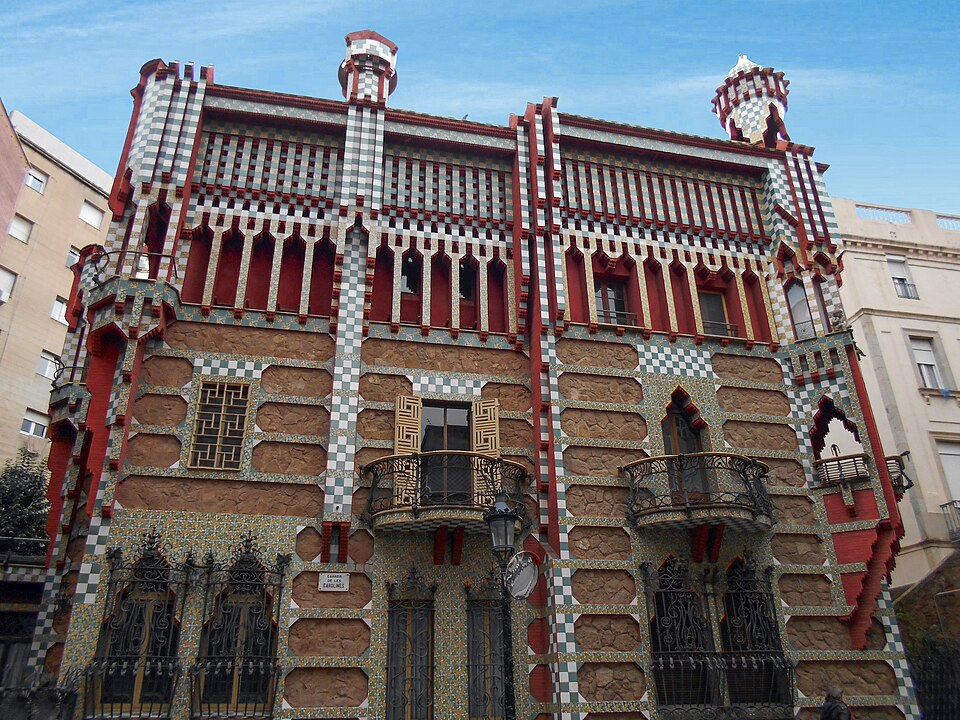Hospital de la Santa Creu i Sant Pau, a modernist complex conceived as a sanitary city
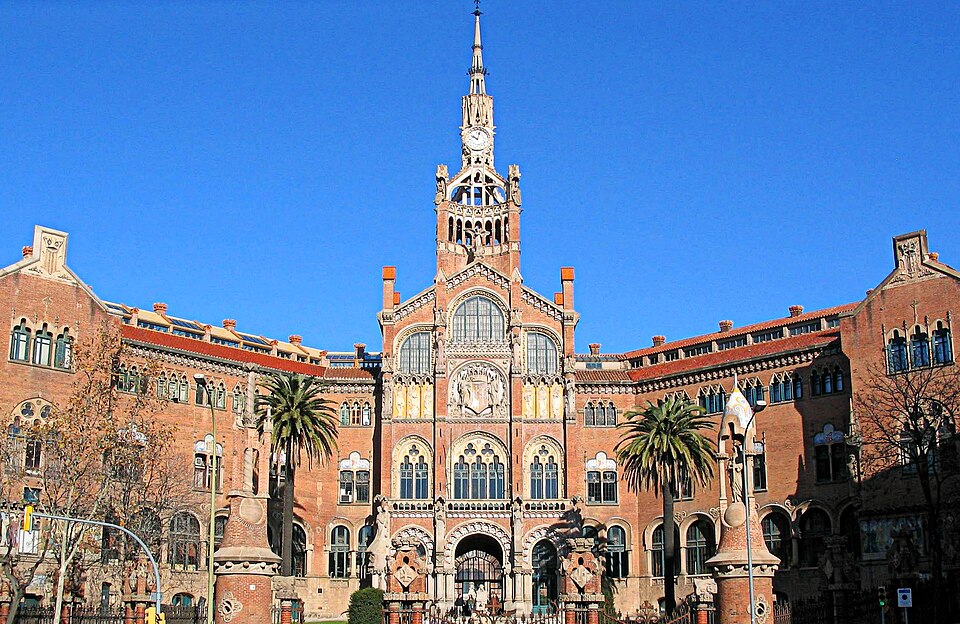
.jpg)
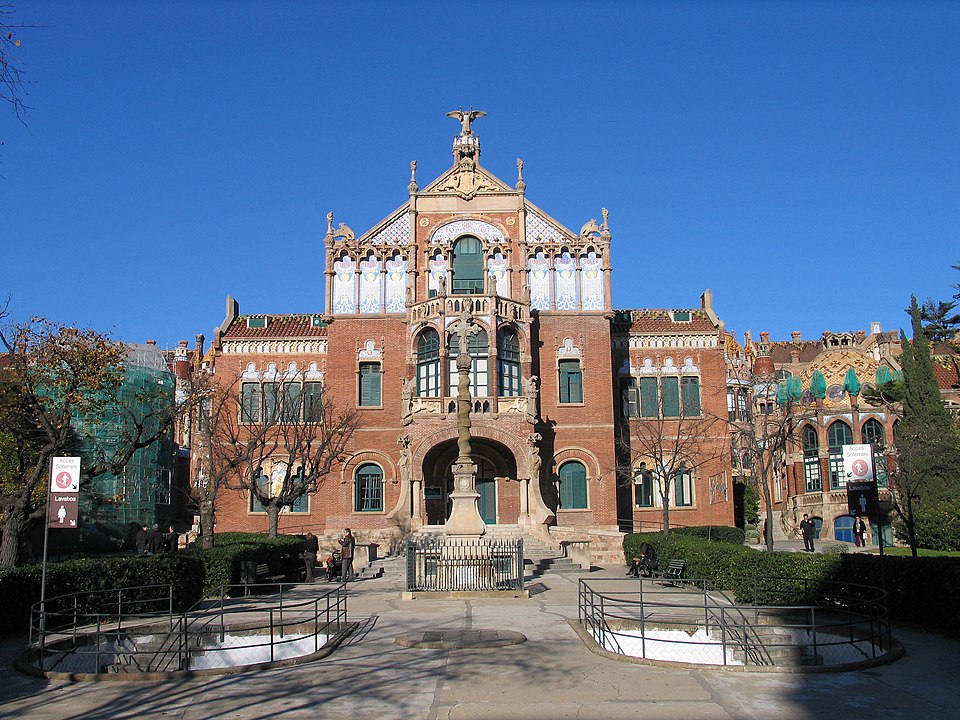
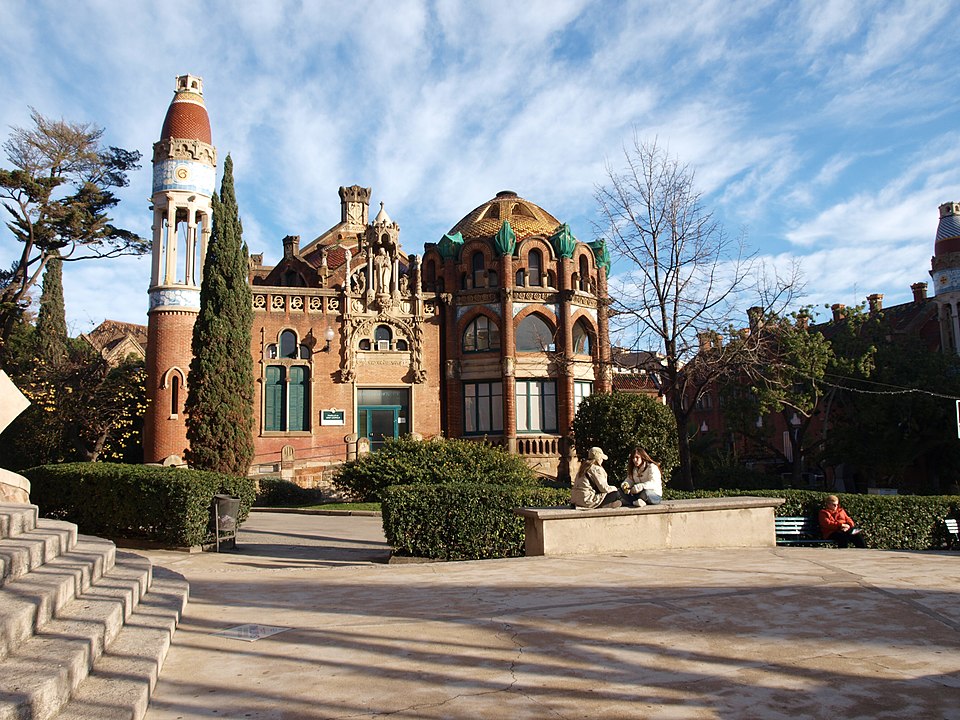
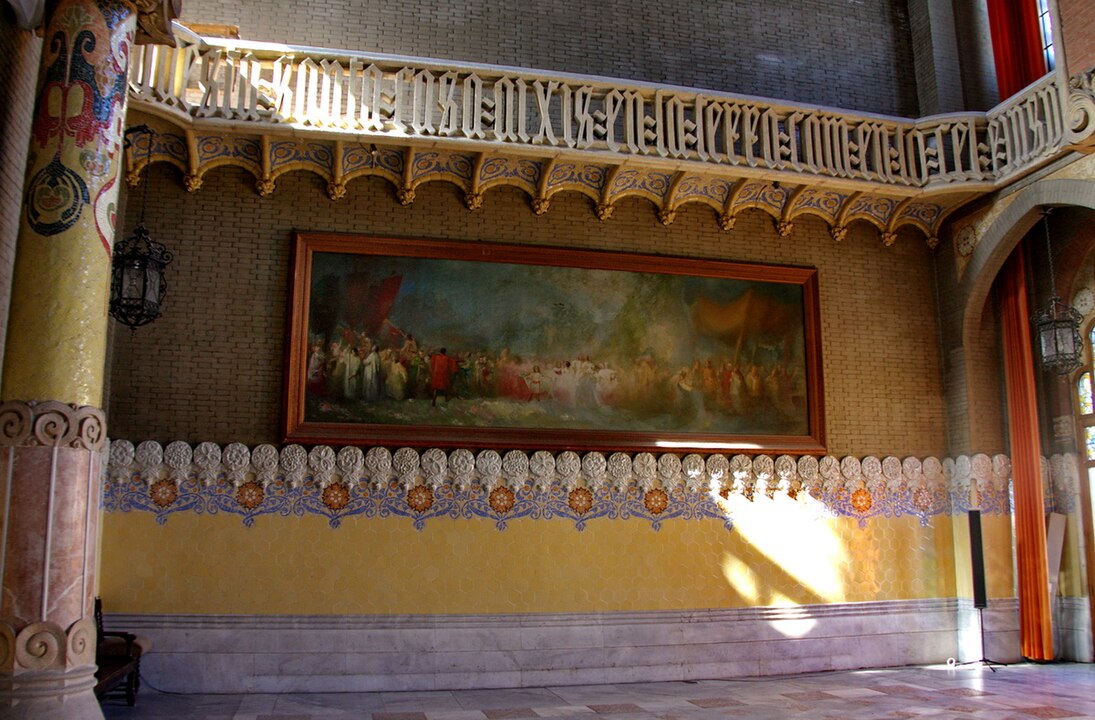
The Hospital de la Santa Creu i Sant Pau is a modernist complex conceived as a sanitary city by Lluís Domènech i Montaner, formed by a series of pavilions connected by underground galleries and surrounded by gardens, where health, art and urbanism came together to create a space both functional and monumental.
Where is it located?
It is located in the Guinardó neighborhood, in the Horta-Guinardó district of Barcelona, at Carrer de Sant Antoni Maria Claret, 167–171, very close to the Sagrada Família and well connected by metro (lines 4 and 5) and bus.
When and how was it built?
The project began in 1902 after the merger of several health entities and the donation of the land by the City Council. Between 1902 and 1930, Domènech i Montaner and his team erected over twenty pavilions, each fulfilling specific functions (operating theaters, consulting rooms, maternity) and linked by underground tunnels to ease patient transfers.
Why is it such a significant monument?
- Masterpiece of modernism: its brickwork, ceramics, mosaics and stained glass display the full splendour of Catalan modernist architecture.
- Sanitary innovation: it introduced a “garden city” model for patients, with open spaces, ventilation and natural light to improve recovery.
- World Heritage: declared a UNESCO World Heritage Site in 1997, together with the Palau de la Música Catalana, as an example of modernism.
What can we see during the visit?
- Administration Pavilion, with its ornamental façade and waiting room decorated with stained glass and reliefs.
- Saint Raphael Pavilion, one of the most beautiful, with interior gardens and floral mosaics.
- Underground galleries, linking the buildings and showcasing the ingenious internal circulation system.
- Chapel, a sacred space integrated into the complex, with vaults and modernist stained glass.
- Gardens and squares, designed as recreational spaces for patients and staff, featuring fountains and flowerbeds.
- Museum and Culture Center, in the former Saint Manuel Pavilion, showcasing models, plans and the hospital’s history.
How is the visit organized?
You can explore freely with an audio guide or join guided tours in multiple languages (book online). The route allows access to restored pavilions, the chapel, galleries and the interpretation center.
Where to find information on hours and rates?
Check the official website (santpaubarcelona.org) for opening hours (usually 10:00–18:30), general and reduced ticket prices, and guided tour reservations.
What else to see nearby?
- Sagrada Família Basilica, just a few minutes’ walk, Gaudí’s masterpiece.
- Sant Pau Art Nouveau Site, the former hospital turned cultural space.
- Ciutadella Park, a large green lung next to the Born neighborhood.
- Casa de les Punxes, Josep Puig i Cadafalch’s modernist building on Avinguda Diagonal.
- Sagrada Família Market, for tasting local products.
In short, the Hospital de la Santa Creu i Sant Pau offers a unique experience where modernism, medical history and community spirit merge into a journey that impresses with its beauty and humanist legacy.
How to get there
Carrer de Sant Quintí, 89, Horta-Guinardó, 08025 Barcelona.
Decimal: 41.412778°, 2.174444°
DMS: 41°24'46" N, 2°10'28" E
